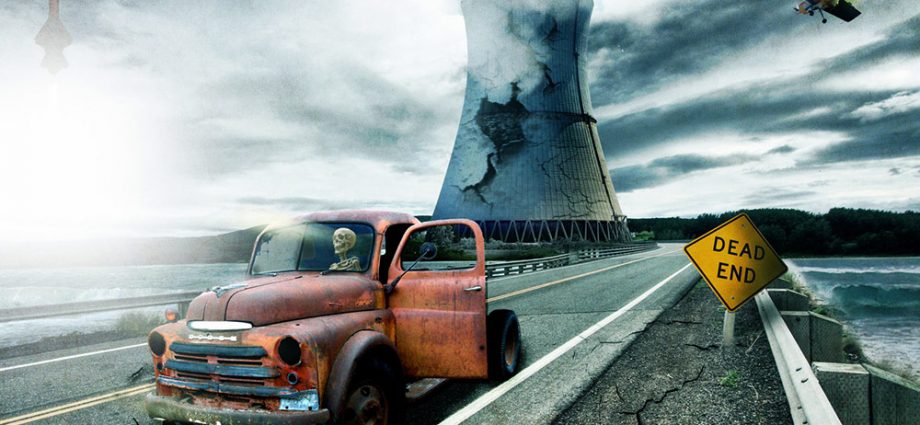Nuclear reactors produce approximately 5.7 percent of the globe’s total energy requirements, which includes 13 percent of the world’s electricity. These nuclear power plants are dispersed throughout the world. Experienced professionals wear HAZMAT suits while working in these radioactive environments while rectifying problems. Civilians should consider using this protective equipment In the event of a large-scale event, which has happened several times. The following is a list of the worst nuclear disasters in history ranked by their level on the International Nuclear Event Scale.
10. Tokaimura, Japan 1999
A Level 4 accident occurred when unqualified workers put more than the permitted amount of enriched uranium into a precipitation tank. Along with two workers killed in the incident, 56 plant workers and 21 civilians were exposed to high levels of radiation. Residents within 1,000 feet of the plant were evacuated as a precaution.
9. Buenos Aires, Argentina 1983
This Level 4 incident resulted from operator error during a fuel plate reconfiguration. The plant operator died after being exposed to extremely high doses of radiation. Seventeen employees outside the reactor room were also exposed to varying levels of radiation.
8. Saint-Laurent, France 1969
A Level 4 graphite-annealing incident occurred when 50 kilograms of uranium began to melt in one of the plant’s gas cooled reactors. A brief heat excursion enabled trace amounts of plutonium to enter the Loire River.
7. SL-1 Experimental Power Station Idaho, USA 1961
This U.S. Army experimental nuclear power reactor experienced a steam explosion and meltdown that killed three operators. The Level 4 incident was caused by the improper removal of the control rod, which was responsible for absorbing neutrons in the reactor core. Approximately 80 curies of iodine-131 were released.
6. Chalk River, Canada 1952
The first nuclear reactor outside the United States experienced a hydrogen explosion. This Level 5 accident was caused by a combination of human error and mechanical problems that led to a power surge and loss of reactor coolant. In addition to the reactor’s roof being blown off, 4,500 tons of radioactive water pooled in the facility’s basement.
5. Three Mile Island, Pennsylvania, USA 1979
Control problems and human error caused the failure of a relief valve that allowed tons of reactor coolant to escape, which resulted in a partial meltdown of the reactor. During this Level 5 accident, 40,000 gallons of contaminated waste was released into the Susquehanna River. As of yet, no cancer cases have been linked to the disaster.
4. Sellafield, UK 1957
Known as the Windscale Fire, a Level 5 accident occurred when the core of one of the reactors built for the British atomic bomb program caught fire and released a substantial amount of radioactive contamination into the surrounding area. For approximately one month after the incident, all the milk produced within 500 kilometers of the site was diluted and destroyed. Two hundred forty cases of cancer have been linked to the fire.
3. Kyshtym, Russia 1957
A Level 6 radiation contamination incident occurred at the Mayak nuclear fuel processing plant. Eighty tons of coolant quickly evaporated after a storage tank broke causing an ammonium nitrate explosion. Radioactive waste contaminated a 350-kilometer area of the Eastern Urals when the explosion blew off the 160-ton containment lid.
2. Fukushima, Japan 2011
When a tsunami and earthquake caused power outages, reactor coolant pumps stopped working. Backup generators were destroyed by the tsunami. As a result, Reactor One overheated and exploded. Reactors Two and Three had total meltdowns. The long-term effects are not yet known.
1. Chernobyl, Russia 1986
Considered the worst nuclear disaster in history, this Level 7 event occurred when technicians experienced an unexpected power surge during an experimental shutdown. The containment vessel burst and the building exploded. The disaster has caused 53 direct deaths and countless chronic illnesses as the effects of the incident are still being experienced in the surrounding area. Due to the devastation that occurred hundred of thousands were not able to return to their homes which led to mass poverty. This poverty resulted in many Russian parents having to give their child up for adoption in order to survive. Chernobyl is not an incident that will soon be forgotten. As we look to the future protecting ourselves may become an even bigger issue as time goes on. With more nation on the verge of obtaining nuclear capabilities the risks are higher than ever before. Are you prepared for nuclear fallout?

